Geotextile Fabric for Retaining Walls: A Key Solution for Stability and Durability
Geotextile fabric for retaining walls provides numerous benefits, there are some factors to consider when selecting and using the material.
Tel: +86-411-39569550 | E-mail: info@geofantex.com/geofantex@gmail.com
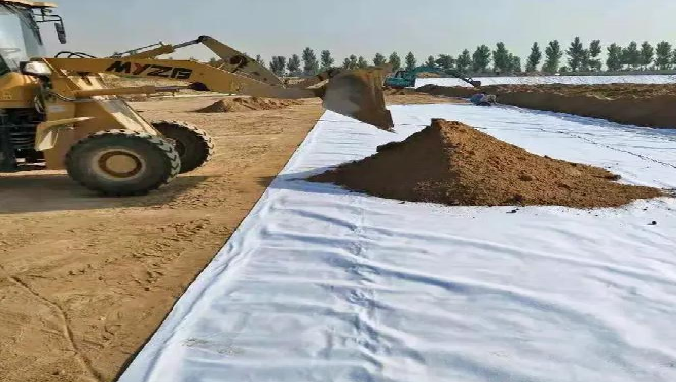
Geotextile fabric for retaining walls provides numerous benefits, there are some factors to consider when selecting and using the material.
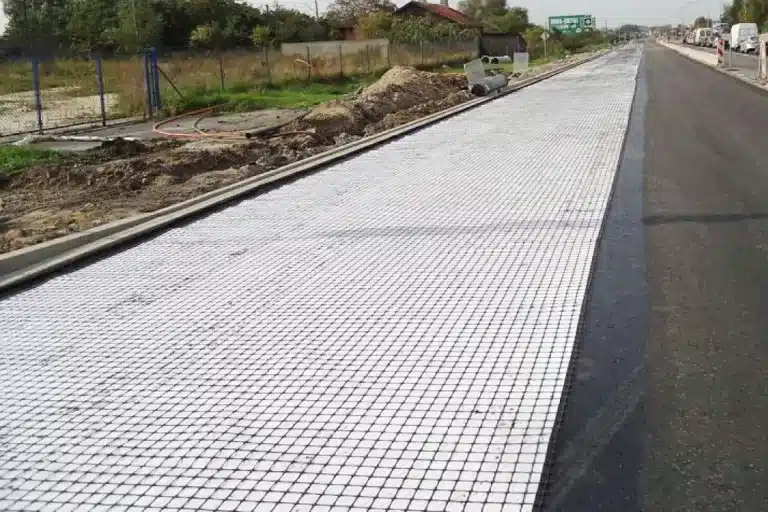
The installation of geocomposite drainage layers was crucial in the construction of a large-scale landfill site in California.

Geocomposite wall drain systems have become an essential solution for managing subsurface water and ensuring structural integrity
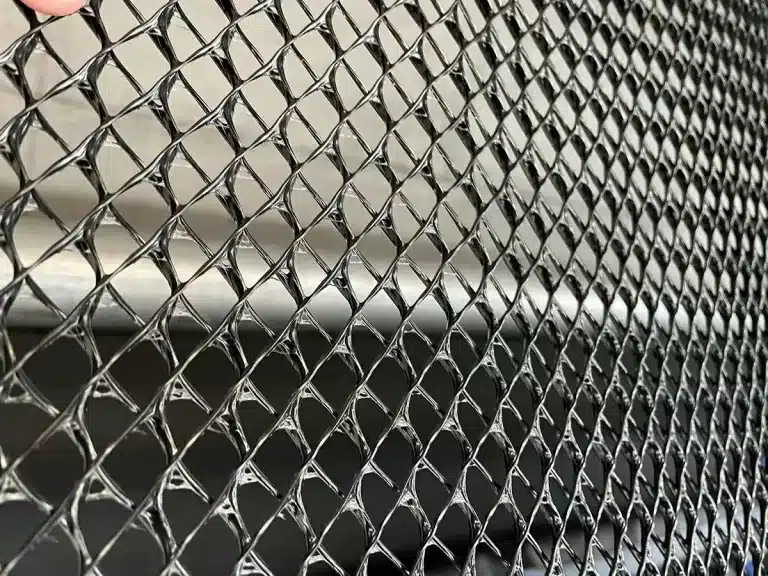
The adoption of drain geonet solutions exemplifies the industry’s commitment to innovative and eco-friendly construction methodologies.
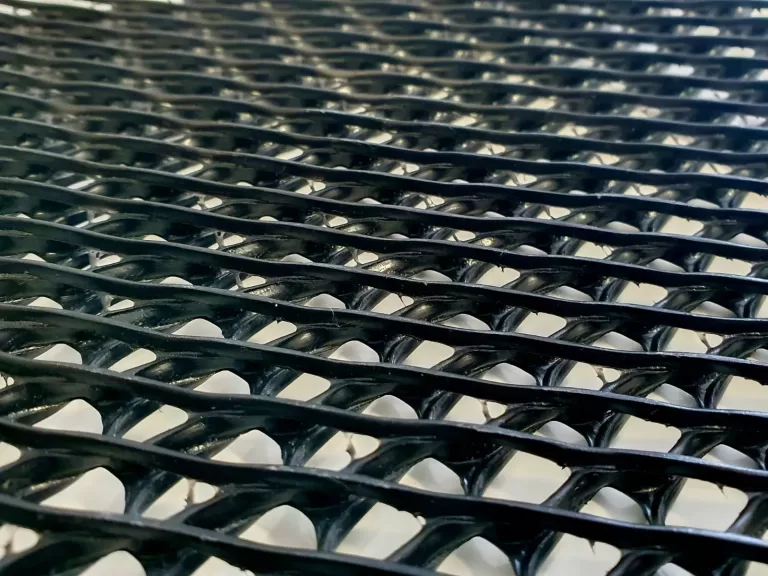
Geonet water flow technologies are advancing rapidly, resilient infrastructure through improved drainage solutions.
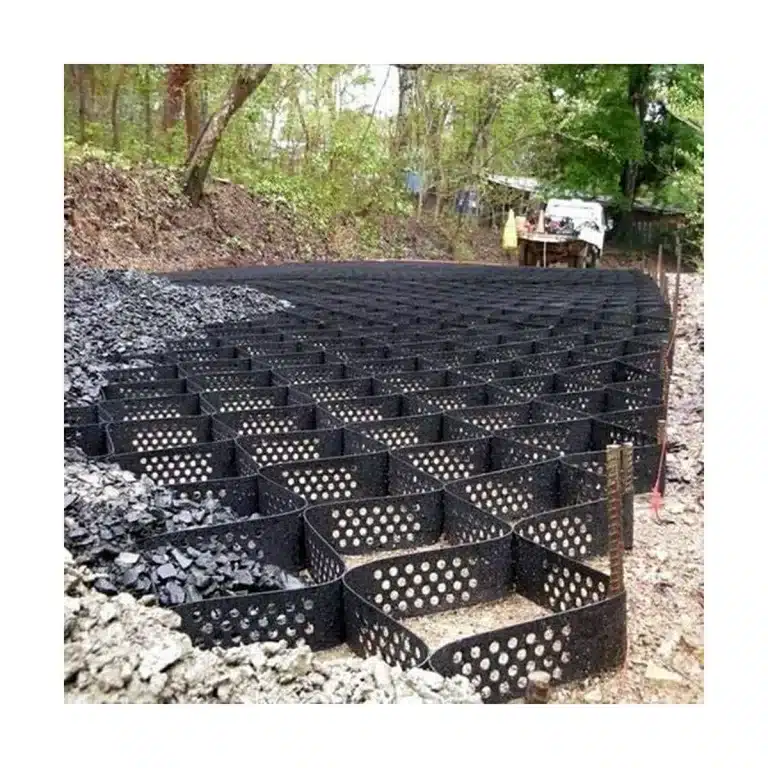
A geocell gravel driveway is an innovative solution for homeowners and businesses looking for a durable, low-maintenance
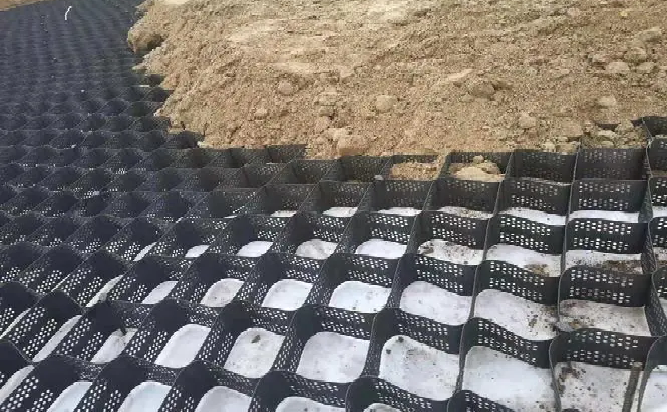
A geocell driveway is an innovative solution for stabilizing soft or uneven ground, providing durability and erosion control.
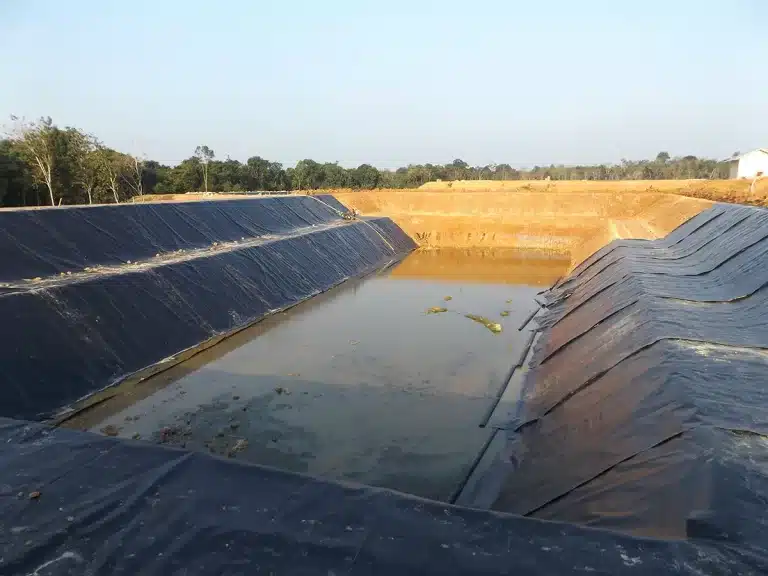
The HDPE geomembrane liner is a crucial material in geosynthetics, widely used for environmental protection and water management.

By staying ahead of industry advancements, geomembrane liner companies continue to improve containment solutions, ensuring safety.
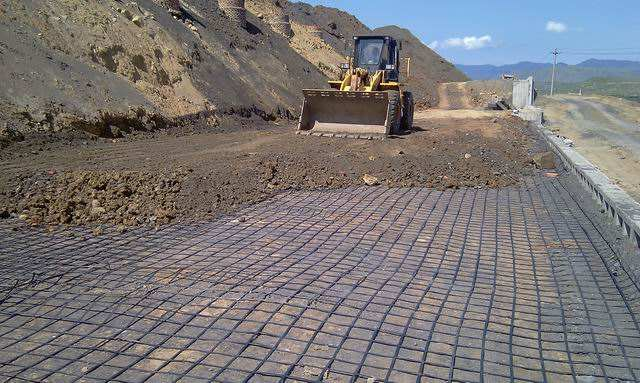
The use of geogrid for driveways is transforming the way we approach driveway construction. From residential homes to commercial properties.
End of content
End of content
WhatsApp us